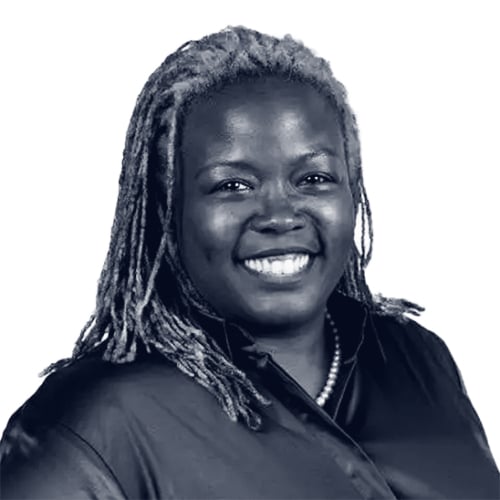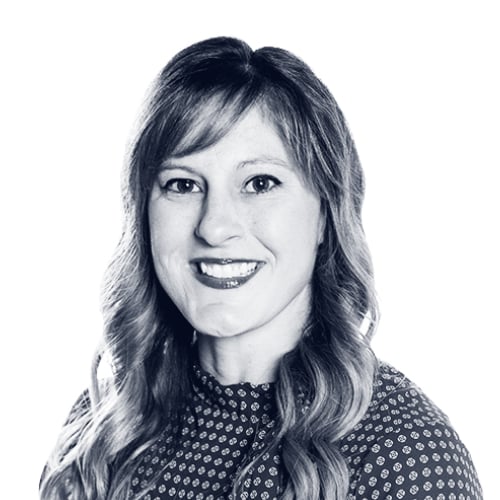Virtual event
DevOps Lifecycle Summit 2025
What a complete DevOps view means for you
What a complete DevOps view means for you

Sr. Director Product Management, Salesforce

CEO and Co-founder, Gearset

Director & Salesforce Architect, CapTech

Lead Admin Evangelist, Salesforce

Salesforce Manager, American Fidelity

Director, Product Management, Salesforce

Senior Release Engineer, Qlik

Principal Salesforce Engineer, Payroc

Premier Customer Success Manager, Gearset

DevOps Advocate, Gearset

DevOps Architect, Gearset

CEO, Clayton
Karen Fidelak, Senior Director of Product Management at Salesforce, and Kevin Boyle, CEO and Co-founder of Gearset, challenge you to take a step back from individual processes and assess your DevOps lifecycle as a whole. Discover how addressing the entire DevOps lifecycle will improve security, quality and speed of delivery all at once.
Tired of firefighting? Observability is the key to shifting to proactive problem prevention in Salesforce DevOps. Discover why observability is essential, what areas of your Salesforce applications you should monitor, and how gaining this visibility can save time and stress, and deliver more.
Integrating automated code review in your DevOps workflows is an essential, proactive measure to keep your Salesforce deployments secure. Learn how to identify security flaws early in the development lifecycle, and what you need to be compliant with Salesforce security best practices.
Join Matt Bevins, Principal Salesforce Engineer at Payroc, to discover how his team transitioned from frustrating deployments to Salesforce DevOps success. From the challenges they faced to the tangible benefits they achieved, you'll see the real impact of taking a complete DevOps view.
It’s time to rethink the Admin-Dev divide. Join our panel as they discuss how teams can balance people and process, the rise of the “Admineloper”, and how to achieve team and career success by embracing diverse roles beyond this traditional divide.
The Gearset DevOps Lifecycle Summit 2025 has ended. Thanks for joining us!
To find out more about our future summits and other events, visit our Upcoming events page.